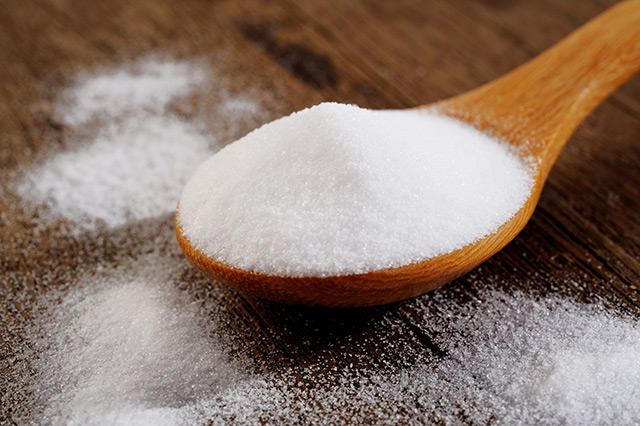Taking glucosamine supplements can help with osteoarthritis, reports study
03/30/2021 / By Evangelyn Rodriguez

Glucosamine is a compound naturally produced by the human body. It is found in the cartilage, the tough tissue that cushions your joints. Despite not being a dietary nutrient, glucosamine can be taken in supplement form and is used particularly by osteoarthritis sufferers to relieve pain caused by their condition. Glucosamine in supplements is derived from the shells of shellfish, the only source of it outside the human body.
Osteoarthritis is the most common form of arthritis and is characterized by pain, stiffness and swelling in the affected area. A degenerative joint disease, it is caused by the breakdown of cartilage usually in the hands, hips and knees. This condition leads to bone deformities that worsen over time and eventually result in disabilities. More than 32 million adults in the U.S. suffer from this debilitating disease.
According to studies, glucosamine supplementation is beneficial for people with osteoarthritis. Together with chondroitin — another vital part of cartilage — glucosamine was found to protect cells in the cartilage (chondrocytes) that help maintain its structure. Because of this action, glucosamine and chondroitin supplements are believed to slow cartilage degeneration in the joints, which also reduces pain associated with osteoarthritis.
In an article published in the Journal of Dietary Supplements, American researchers discussed the use of glucosamine in the treatment of osteoarthritis. They reviewed various clinical trials to determine why results for glucosamine have so far been inconsistent. They also recommended changes to clinical trial protocols that will allow researchers to reliably and accurately measure the efficacy of glucosamine as a treatment for osteoarthritis.
The dose-dependency of glucosamine’s arthritis-preventive effects
According to the researchers, glucosamine’s ability to prevent joint destruction and inflammation is well-documented by studies involving rodent models of arthritis and spontaneous osteoarthritis. There is also evidence supporting the use of oral glucosamine supplements and their dependency on dosage. The researchers believe that this dependency is likely a reflection of glucosamine’s ability to regulate tissue levels of uridine diphosphate N-acetylglucosamine (UDP-N-acetylglucosamine), which is important for cartilage formation.
Glucosamine treatment increases the availability of UDP-N-acetylglucosamine, the precursor required for the biosynthesis of amino sugars like proteoglycans and glycoproteins, which compose the cartilage matrix. The regulation of UDP-N-acetylglucosamine levels, in turn, influences the production of another component of cartilage called mucopolysaccharides. It also affects the extent of O-GlcNAcylation, a type of protein modification found to be dysregulated in patients with knee osteoarthritis.
The researchers also found that the minimal oral dose of glucosamine that works against arthritis elevates plasma glucosamine to the same levels achieved when the standard clinical dose (1.5 grams daily) is administered as a bolus (single dose given over a short period of time). The response of plasma glucosamine levels to an increase in glucosamine intake is nearly linear.
Interestingly, every published clinical trial has used the same 1.5 g dose recommended by Rottapharm for its proprietary glucosamine sulfate product decades ago, despite there being no evidence that the dose is optimal with respect to efficacy and side effects. According to the researchers, if this dose is clinically efficient, then variations in patient populations targeted, the assessment vehicles employed and the potency of glucosamine preparations tested would yield some null results.
They also suspect that failure to employ bolus dosing is a factor that contributed to the null results observed in the Glucosamine/Chondroitin Arthritis Intervention Trial (GAIT) study, which evaluated the effectiveness of glucosamine and chondroitin treatments against osteoarthritis, and in other clinical trials. (Related: Acupuncture found to improve mobility in those with osteoarthritis of the knee.)
The researchers believe that future studies should focus more on the dose-dependency of glucosamine’s effects on osteoarthritis to determine its efficacy.
Sources include:
Submit a correction >>
Tagged Under:
aging secret, alternative medicine, anti-aging, arthritis cure, disease treatments, glucosamine, inflammation, joint health, natural cures, natural medicine, osteoarthritis, prevention, remedies, research, supplements
This article may contain statements that reflect the opinion of the author
RECENT NEWS & ARTICLES
COPYRIGHT © 2017 NATURAL HEALTH NEWS





















